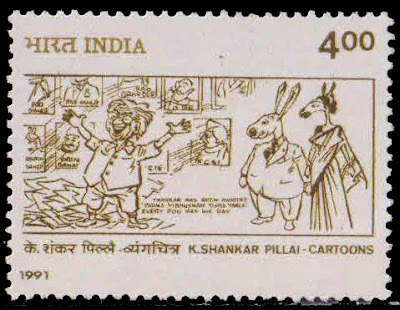National Homeowners Day is observed annually on December 26. Established in 2020 by Paisley Vartanian, this day celebrates current, past, and prospective homeowners, acknowledging the significance of homeownership in fostering economic stability and personal fulfillment.
National Today
The selection of December 26 is strategic; it's considered an optimal day to make an offer on a house for potential savings.
National Day Archives
Ways to Celebrate National Homeowners Day:
Prospective Homeowners: Utilize this day to initiate or advance your home-buying plans. Research the housing market, assess your financial readiness, and consider making offers to capitalize on potential year-end deals.
Current Homeowners: Celebrate by reflecting on your homeownership journey. Host gatherings, undertake home improvement projects, or perform maintenance tasks to enhance your living space.
Past Homeowners: Share your experiences and insights with others. Engage in discussions about the benefits and challenges of owning a home, offering guidance to those considering this significant investment.
Homeownership has evolved over the years, becoming more accessible due to changes in banking and mortgage systems. In the 1800s, owning a home was rare due to the lack of financing options. The introduction of mortgages in the late 19th century and subsequent economic developments have significantly increased homeownership rates, contributing to economic growth and community stability.
National Today
National Homeowners Day serves as a reminder of the importance of homeownership and encourages individuals to consider the benefits and responsibilities associated with owning a home.









